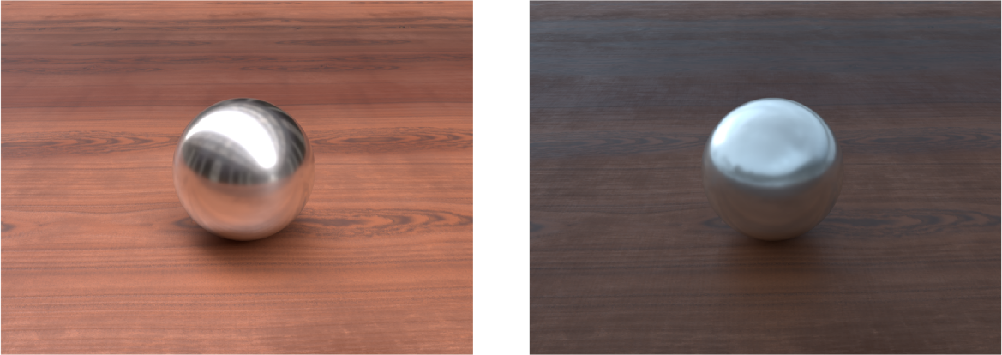The joint role of geometry and illumination on material recognition

Conference or journal: Journal of Vision
Date : 2021.02
Manuel Lagunas, Ana Serrano, Diego Gutierrez, Belen Masia
Observing and recognizing materials is a fundamental part of our daily life. Under typical viewing conditions, we are capable of effortlessly identifying the objects that surround us and recognizing the materials they are made of. Nevertheless, understanding the underlying perceptual processes that take place to accurately discern the visual properties of an object is a long-standing problem. In this work, we perform a comprehensive and systematic analysis of how the interplay of geometry, illumination, and their spatial frequencies affects human performance on material recognition tasks. We carry out large-scale behavioral experiments where participants are asked to recognize different reference materials among a pool of candidate samples. In the different experiments, we carefully sample the information in the frequency domain of the stimuli. From our analysis, we find significant first-order interactions between the geometry and the illumination, of both the reference and the candidates. In addition, we observe that simple image statistics and higher-order image histograms do not correlate with human performance. Therefore, we perform a high-level comparison of highly nonlinear statistics by training a deep neural network on material recognition tasks. Our results show that such models can accurately classify materials, which suggests that they are capable of defining a meaningful representation of material appearance from labeled proximal image data. Last, we find preliminary evidence that these highly nonlinear models and humans may use similar high-level factors for material recognition tasks.
Full article link here.
